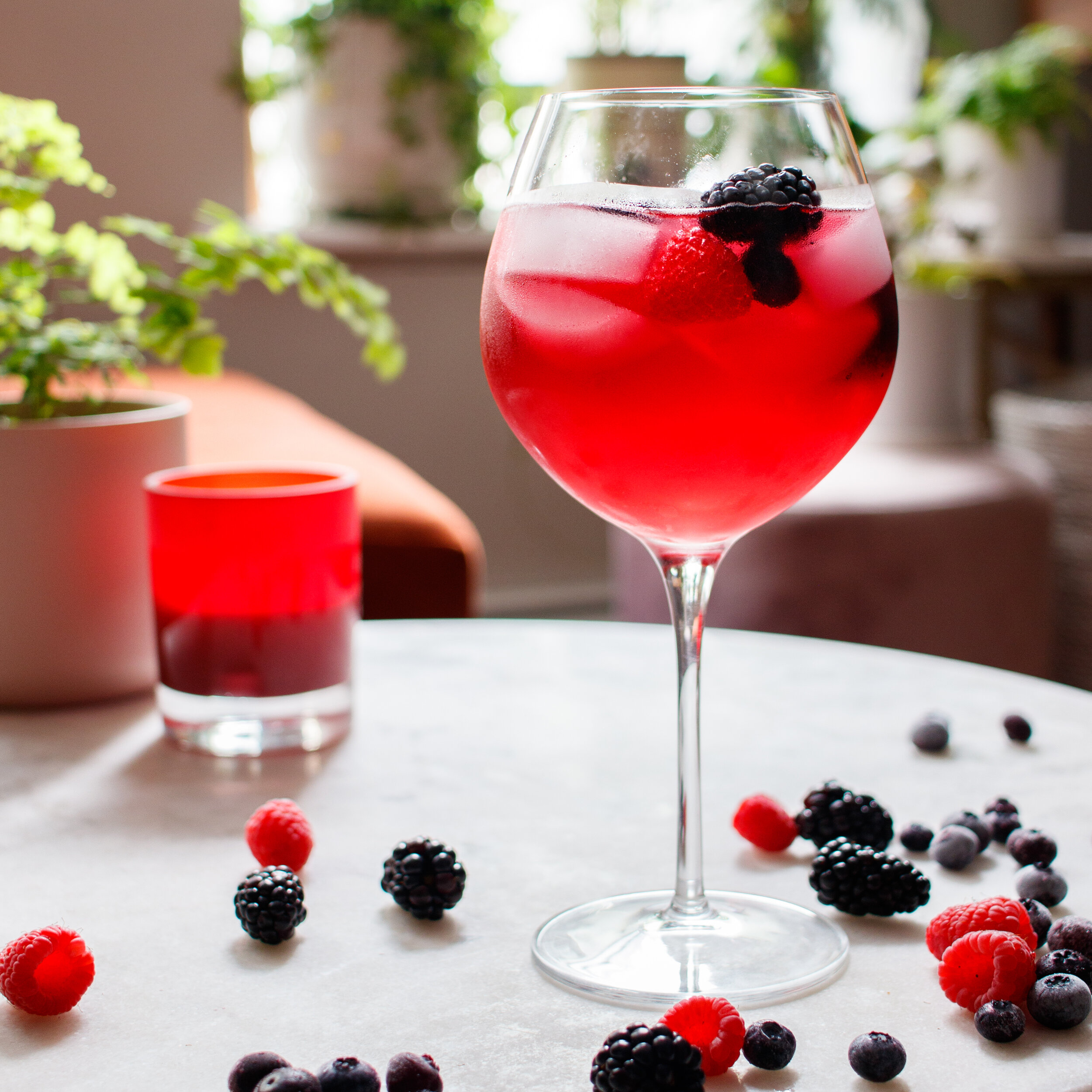Make 2 cocktails
16 oz (2 cups) dry red wine
2 egg yolks
1 oz honey
¼ tsp Ground cloves
1.5 oz dry curaçao (or triple sec)
To a large mixing glass, add egg yolk, honey, cloves, & curaçao. Mix well with a small whisk or fork. Heat up red wine until steaming hot but not boiling (don’t burn off alcohol). Whisk wine into yolk & curacao mixture. Serve in heat safe glasses.
The Locomotive is a surprisingly delicious recipe from Jerry Thomas’ 1862 bartenders guide. Essentially, it’s a bit like mulled wine, but it’s sweetened with honey, fortified with curacoa, and enriched and thickened slightly with egg yolks.
The instructions for this 160 year old recipe are as follows: “Put two yolks of eggs into a goblet with an ounce of honey, a little essence of cloves, and a liqueur glass of curacoa; add a pint of high burgundy made hot, whisk well together, and serve hot in glasses.”
For anyone trying to make this recipe today, this description may seem a bit vague, so we’ve done our best to interpret it to create the recipe we posted above. High Burgundy essentially just meant dry red wine, as many English and American reds at the time tended to be sweet. You can use whatever dry red wine you like.
Essence of cloves was likely an alcohol based tincture Thomas would have used in his bar, but he doesn’t provide a recipe. Home bartenders would only need a small amount anyway, so we opted to just use a bit of ground clove instead. This isn’t exactly authentic, but we think it tastes delicious.
As for how much a “liqueur glass” of curacoa measures out to, thankfully David Wondrich has done the math for us and determined that a liqueur glass is equal to 1.5 ounces.



